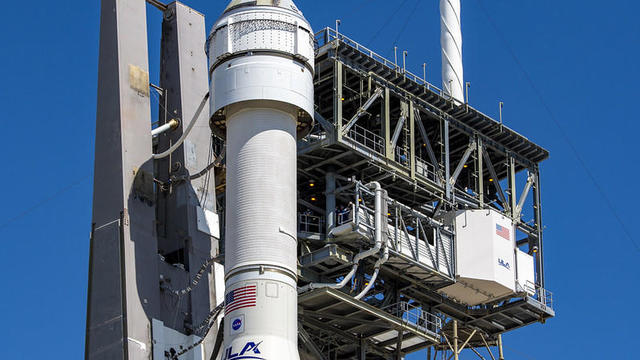
Launch of Boeing's hard-luck Starliner delayed yet again
Ongoing work to resolve a persistent helium leak has pushed the first piloted Starliner flight back at least four more days, to May 25.


Ongoing work to resolve a persistent helium leak has pushed the first piloted Starliner flight back at least four more days, to May 25.
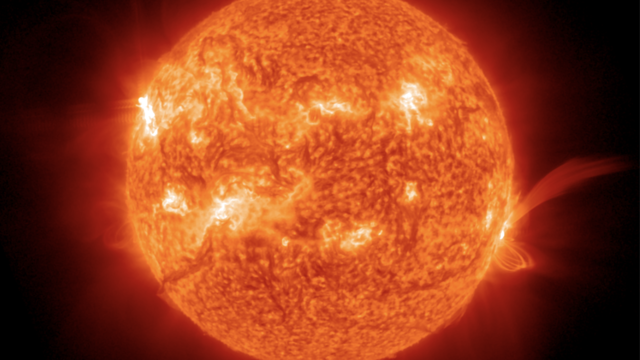
The large explosion of energy and light from the sun comes just days after Earth was slammed with the biggest geomagnetic storm in more than 20 years.
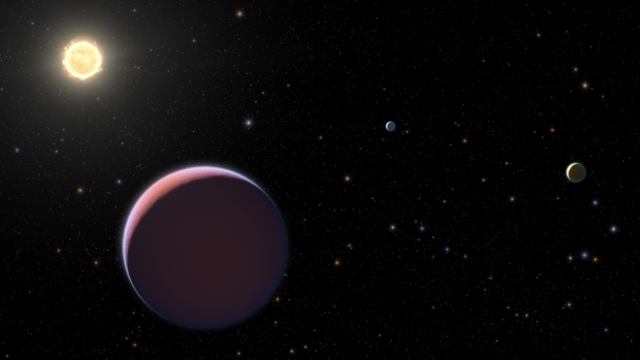
WASP-193b is 50% larger than Jupiter — the largest planet in our solar system — but seven times less massive because of it's extraordinarily low density.
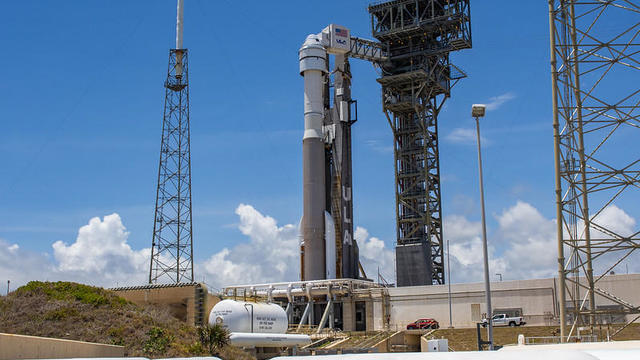
The oxygen valve that derailed a launch try last week has been replaced, but engineers want more time to verify an unrelated helium leak has been fixed.
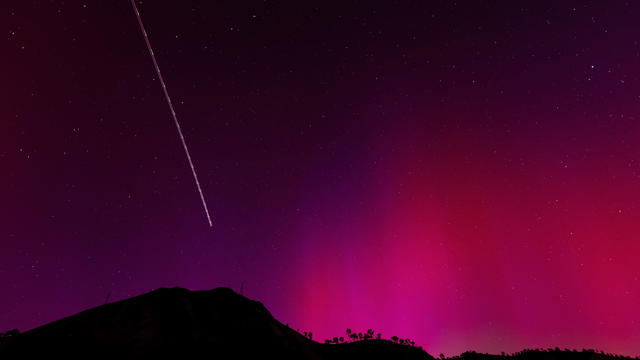
The forecasted conditions come after a weekend of jaw-dropping northern lights seen as far south as Florida and as "magnetically complex" sunspots bigger than Earth continue to emit solar flares.
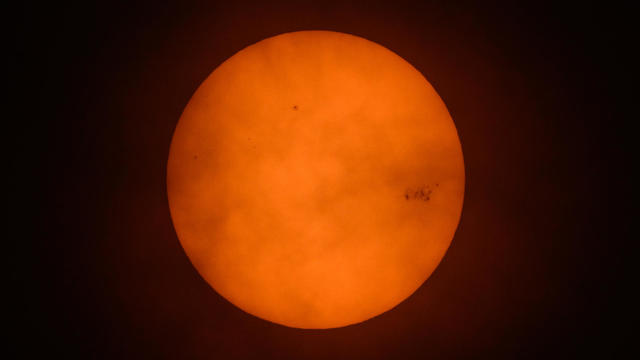
Geomagnetic storms can affect infrastructure, but may also bring an expanded viewing of the aurora borealis.
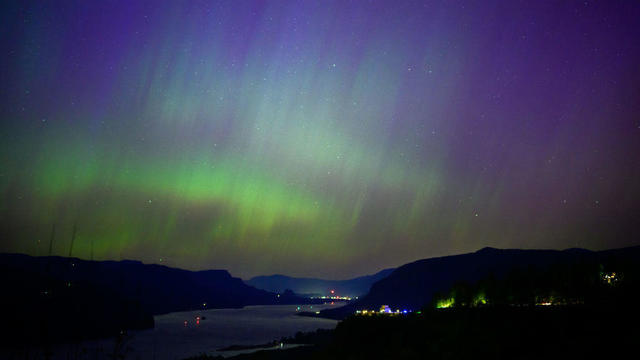
Americans were being treated to a show of the northern lights this weekend from a powerful geomagnetic storm heading toward Earth.
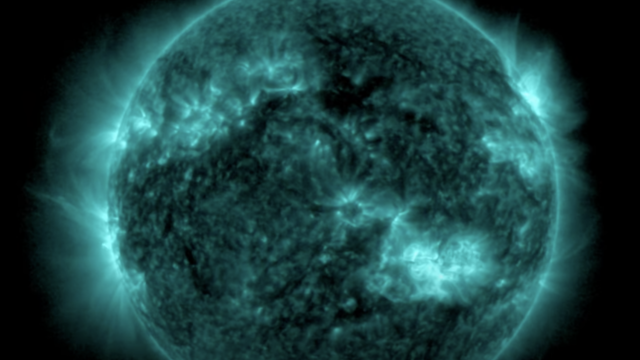
The sunspot responsible for the odd series of strong solar flares is so big you can see it with your own eyes from Earth.
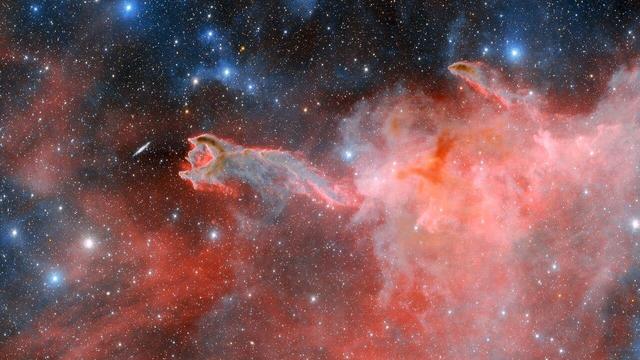
In the image, "a ghostly hand appears to be emerging from the interstellar medium and reaching out into the cosmos," the NOIRLab said.
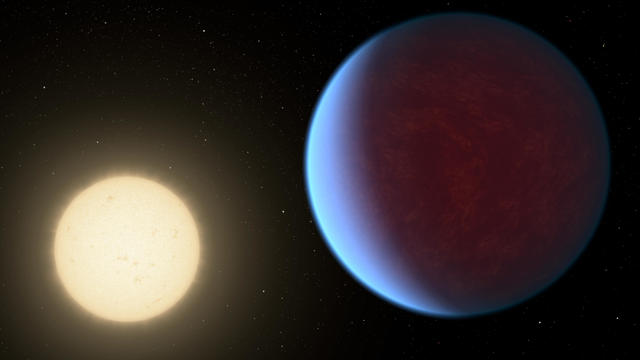
The so-called super Earth — known as 55 Cancri e — is among the few rocky planets outside our solar system with a significant atmosphere.
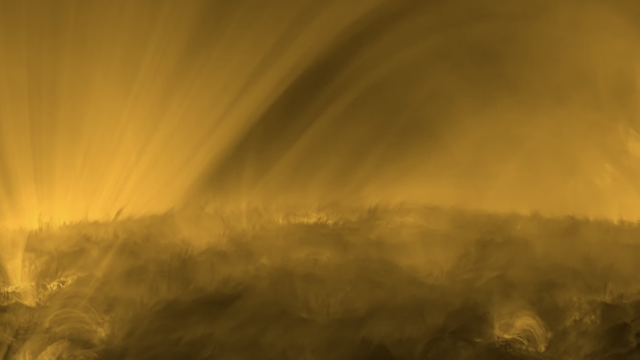
In the video, the surface of the sun appears furred with dark yellow material as beams of gold swoop overhead.

United Launch Alliance decided to replace a suspect valve in the Atlas 5 rocket's upper stage, delaying launch to late next week.
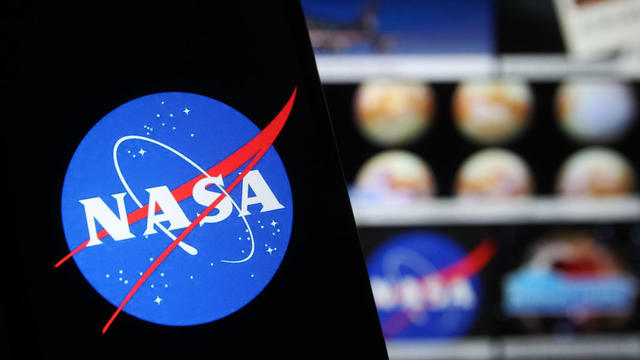
The visualization, produced on a NASA supercomputer, allows users to experience flight towards a supermassive black hole.
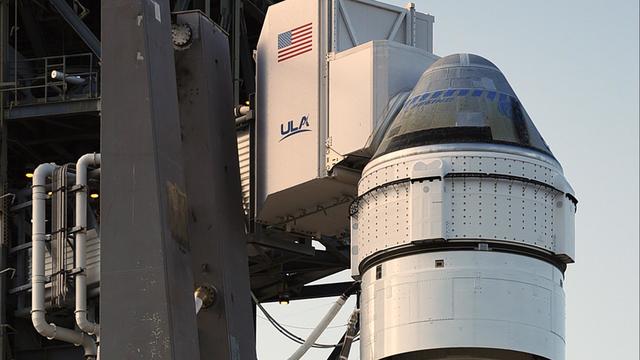
Boeing's Starliner space capsule is set for a historic launch Monday night. CBS News space consultant Bill Harwood looks at the long-awaited mission into orbit, and what it could mean for the future of space travel.


Our website uses cookies to improve your experience. Learn more